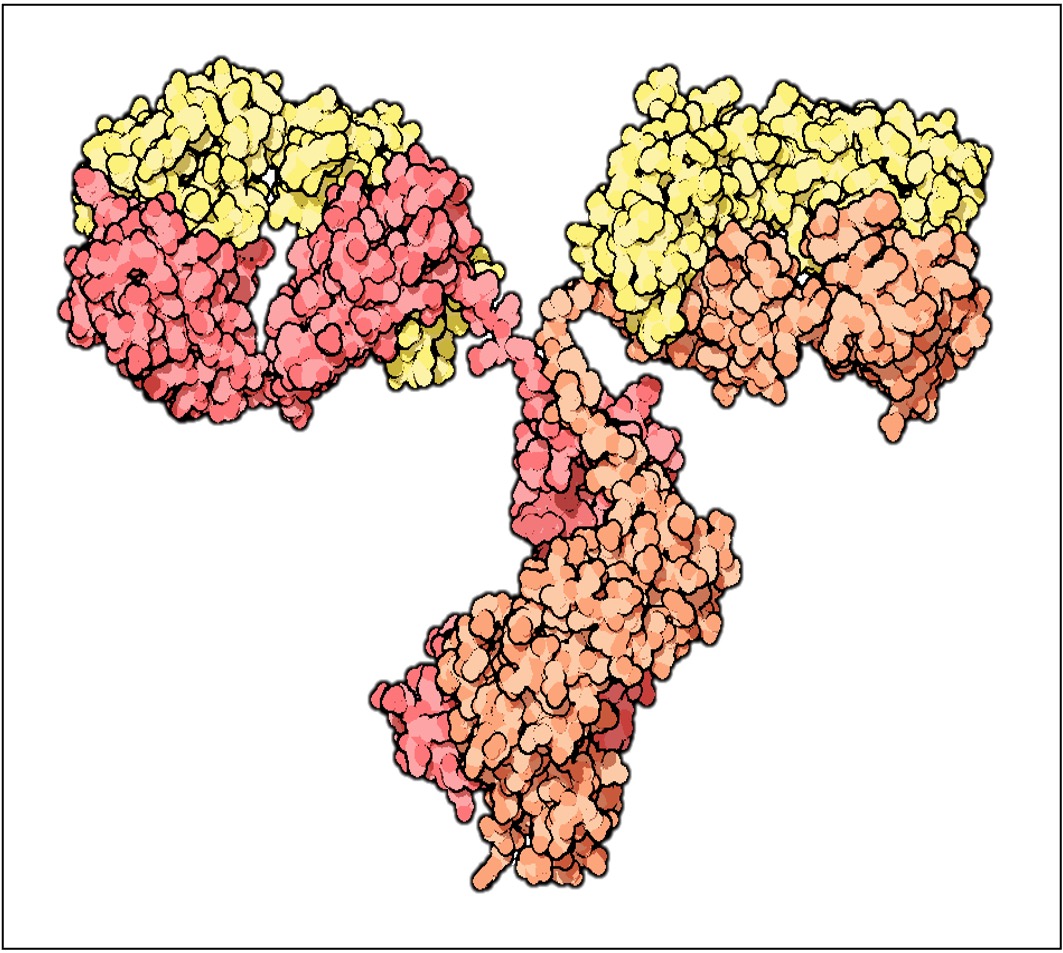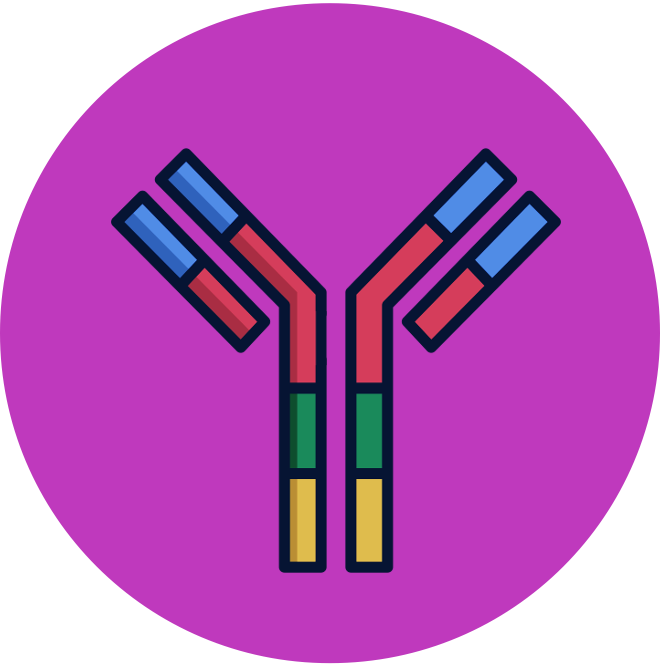

Adaptive Immunity
The third line of defence against infectious disease is the adaptive immune system, which has two key properties:
-
It can differentiate between specific microorganisms and respond accordingly (it is specific)
-
It can adapt and produce a heightened response upon re-exposure (it has memory)
The adaptive immune response is slower to mobilise and involves a specific type of white blood cells called lymphocytes
-
B lymphocytes produce antibodies (they are the workers), whereas helper T lymphocytes activate the B cells (they are the supervisors)
Clonal Selection
Every individual possesses a very large number of distinct TH and B lymphocytes that each recognise and respond to a particular antigen
-
Only the B lymphocytes that are specific to a given antigen will be able to directly interact with the associated pathogen
-
TH lymphocytes do not interact with pathogens directly – they need to be introduced to the antigens by the antigen presenting cells
When a helper T lymphocyte is activated, it forms a complex with the appropriate B lymphocyte and releases cytokines
-
The cytokines stimulate the specific B cell to divide and form a large population of clones that will then differentiate
-
Most of the clones will develop into short-lived plasma cells that produce large quantities of specific antibody
-
A small proportion of clones will differentiate into long-lived memory cells that function to provide long-term immunity
Only one specific lymphocyte can be activated by a particular antigenic fragment to divide and form copies (this is called clonal selection)
-
However, a pathogen may contain multiple antigen fragments and hence activate multiple specific lymphocytes (this is called polyclonal activation)
B-Cell Activation
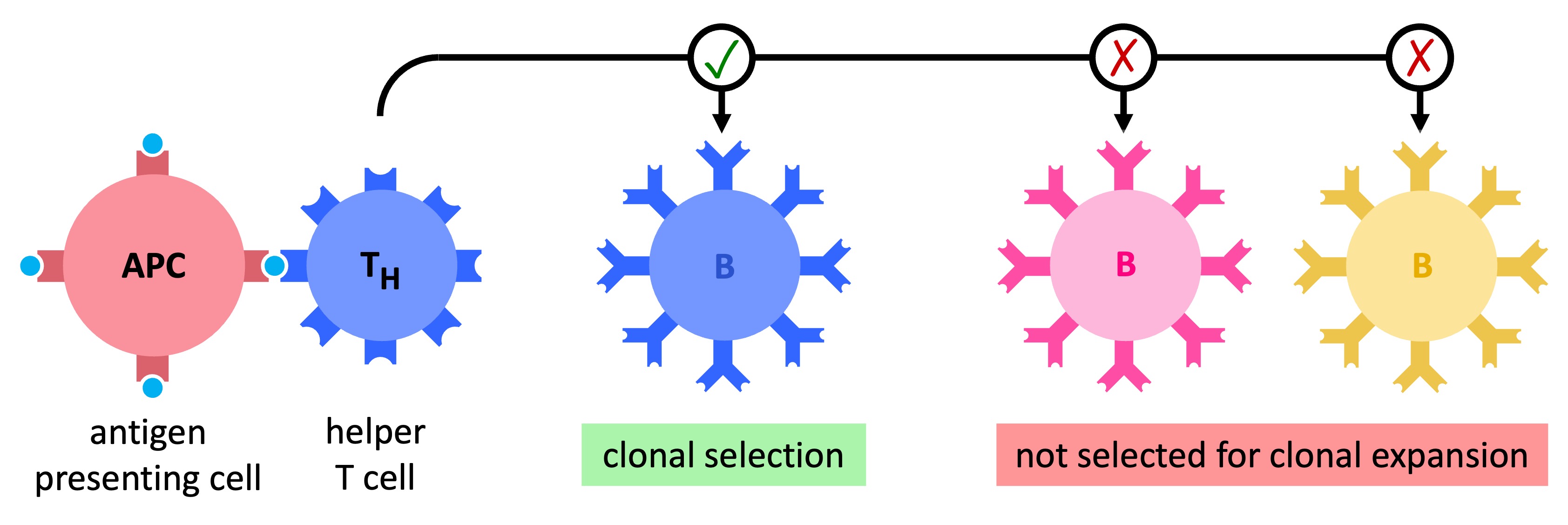
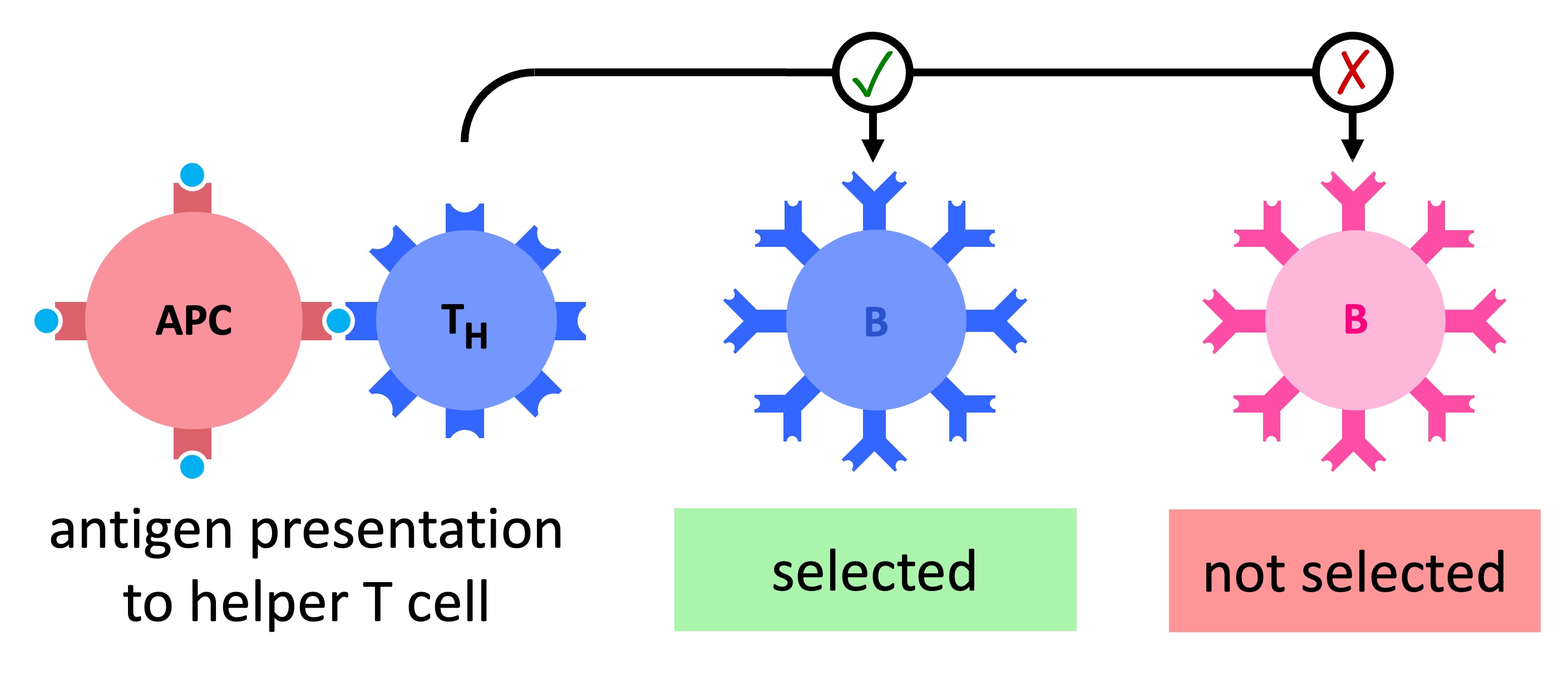
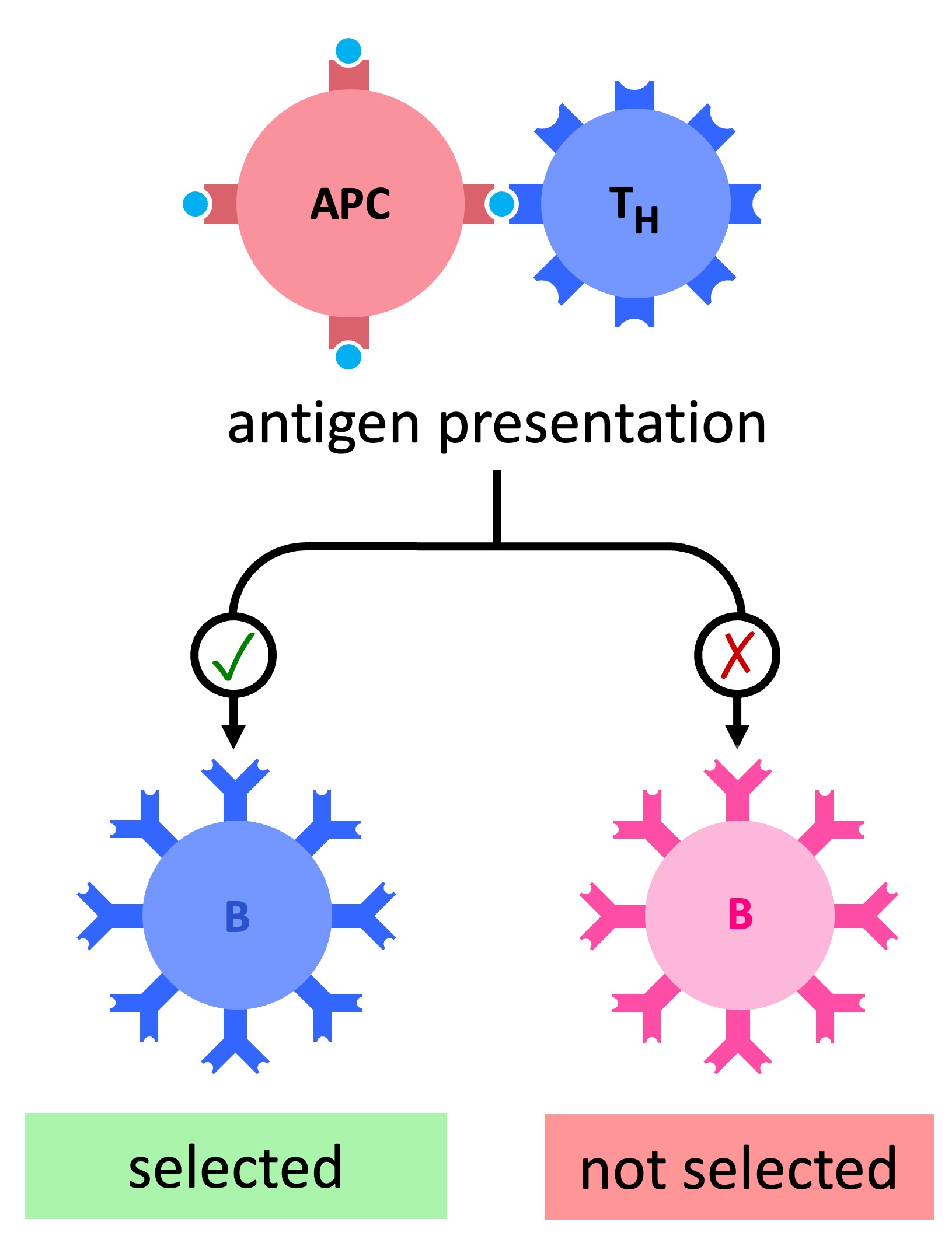
Each specific B cell exists within the body as a relatively small population of cells and must proliferate to form sufficient quantities to fight off infections
-
The activated B cells will divide via mitosis and then differentiate into short-lived plasma cells that produce large amounts of antibodies
Antibodies
An antibody (or immunoglobulin) is a protein produced by B lymphocytes (and plasma cells) that is specific to a given antigen
-
Antibodies are made of 4 polypeptide chains that are joined together by disulphide bonds to form Y-shaped molecules
-
The ends of the arms are where the antigen binds – these areas are called the variable regions and differ between antibodies
-
The rest of the molecule is constant across all antibodies and serves as a recognition site for non-specific phagocytes (opsonisation)
-
Each type of antibody recognises a unique antigen, making antigen-antibody interactions specific (and part of adaptive immunity)
Antibodies enhance the immune response by aiding the detection and removal of pathogens by phagocytes
-
By coating the pathogen and making them easier to detect, the immune system can remove the pathogen from the body before disease symptoms can develop
Antibody Structure
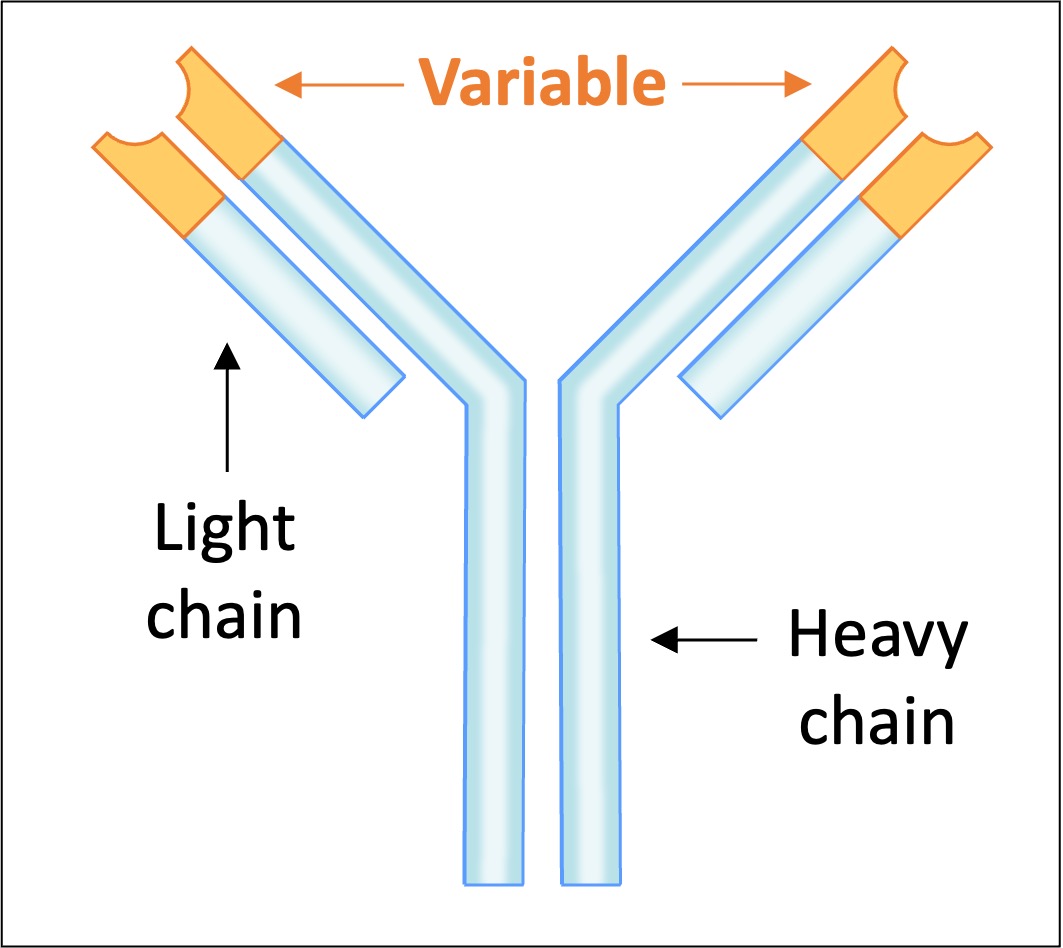
Diagram
